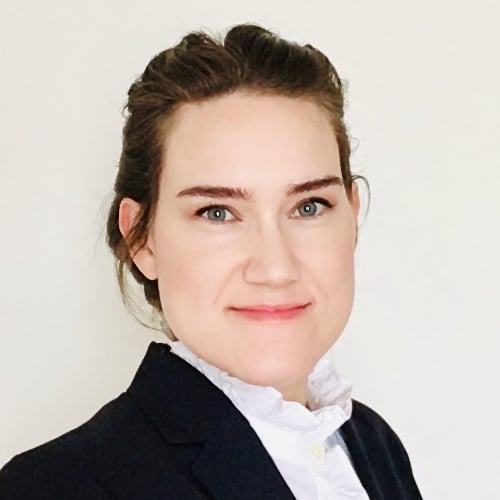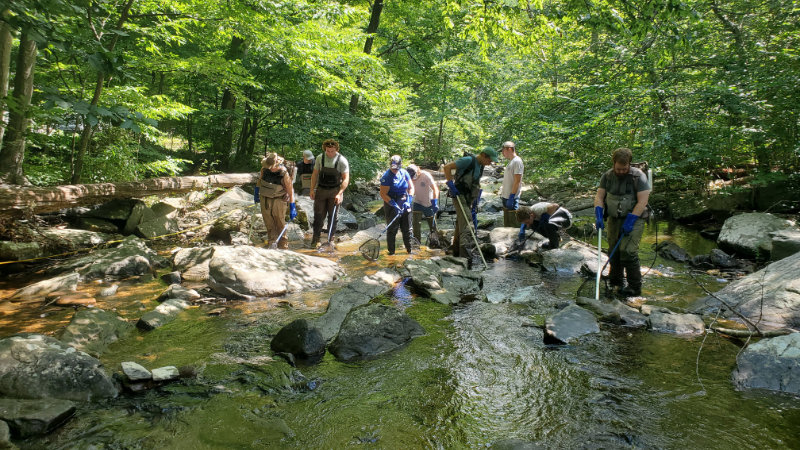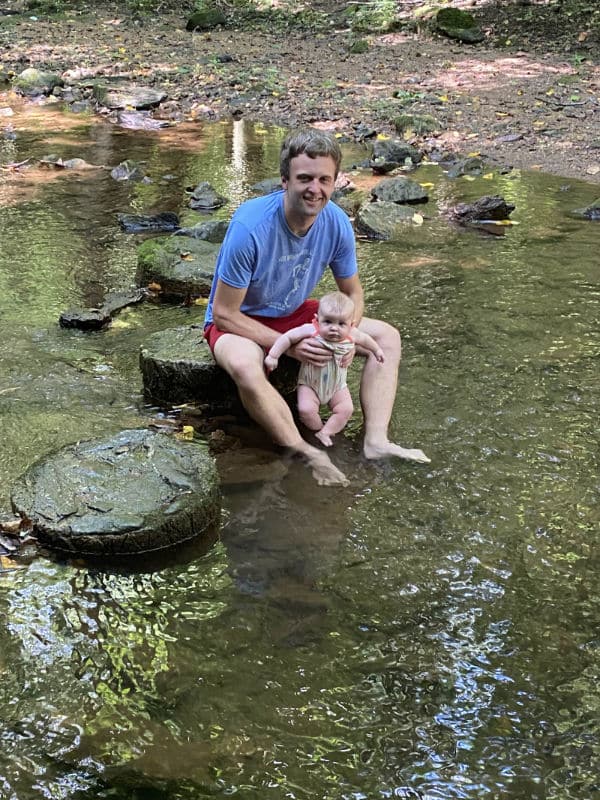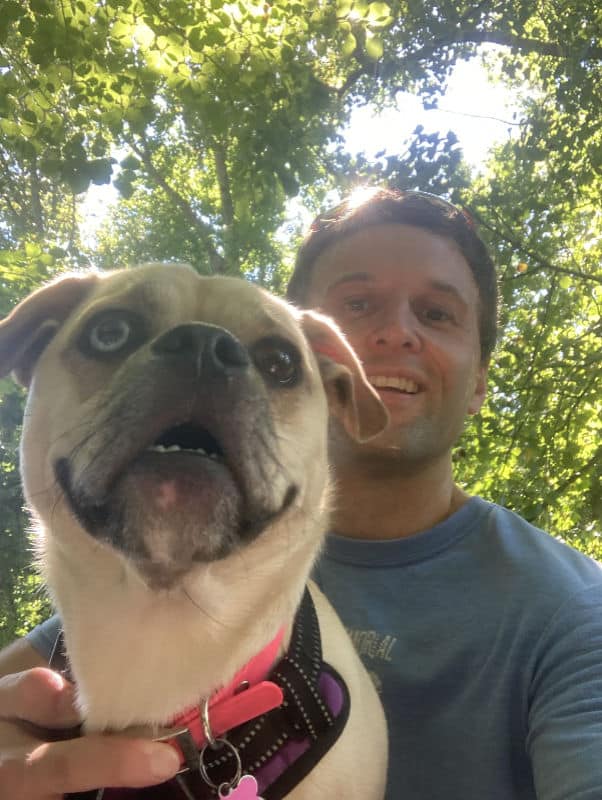

On a remote and rugged island near the U.S.–Canadian border, where wolf cries and moose bellows filled the cool summer air, Daniel Myers heard the call of the wild and something more: his life’s mission. It was 2008, and while canyons of commerce trembled amid a global financial crisis, Myers’ world shrank to the still and little more than 200-square-mile Isle Royale, a national park on Lake Superior.
He remembers, “For five weeks, I was in the wilderness and rarely saw another person besides three other college students I was with. There would be days when my thoughts never drifted beyond the island’s shores.”
It was peaceful. Lush. Untamed. Seeing moose playing at a pond, wolves scattering along a trail, the sun rising with a fox sitting next to him, Myers was struck by the richness of such a place.
“I really got the impression that we have an ethic to protect the natural world,“ he says.
After his backcountry internship, Myers returned to Michigan State University to complete his bachelor’s in fisheries and wildlife management and later a certificate in watershed management. While working in water resources and research, he earned a master’s in aquatic sciences at Grand Valley State University and then a Ph.D. in geography at Indiana University. He joined Stroud Water Research Center as a postdoctoral associate in June.
For the next two years, Myers will assist Diana Oviedo Vargas, Ph.D., in work with the National Park Service to evaluate stream monitoring and analyze trends in watershed health in some of the most visited U.S. national parks.

Access to national parks, fresh water, and a nearly lifelong subscription to National Geographic cemented Myers’ commitment to conservation. He grew up in the tip of the mitt region of Michigan’s mitten-shaped Lower Peninsula, where he was never far from a lake, stream, or wetland.
“I enjoyed camping trips along Lake Superior with its painted cliffs and deep blue waters.”
Meanwhile, Hollywood sparked an early interest in science. “Like every other kid my age in the ’90s, I wanted to become a paleontologist after seeing Jurassic Park.” By high school, his focus fast-forwarded 200 million years: instead of studying the dry bones of what had once been, he yearned to learn from and protect life existing on Earth today.
As a geographer, he now maps and charts how spaces respond to human activities. For his Ph.D. research, for example, he simulated the impacts of climate change on snowmelt and streamflow in the Great Lakes basin.
“I like exploring the relationships between land use and climate change with stream water quality, and I get excited about environmental modeling. I am always looking for the next new land cover or climate dataset to play with,” says Myers. “But overall, my goals always come back to studying and protecting the freshwater resources I care about.”
Husband to Jess, father to Meredith, and pet parent to Lola and Pumpkin, Myers spends much of his time outside of work with his family. He also enjoys hiking the scenic Delaware River watershed and organizing meetings and events for students and early-career water scientists as a Hydrology Section Student Subcommittee Member for the American Geophysical Union.





